Applied Nanotechnology
Nanotechnologie is een opkomend vakgebied dat zich richt op materialen op micro- of nanoschaal. Hierin komen traditionele disciplines zoals natuurkunde, scheikunde, biologie en techniek samen. Het vermogen om de structuur van materie te beheersen, faciliteert de ontwikkeling van nieuwe materialen en producten die van invloed zijn op een breed scala aan toepassingsgebieden.
Onze missie is het initiëren en uitvoeren van hoogstaand toegepast en praktijkgericht interdisciplinair onderzoek. Dit dient om de kloof tussen fundamentele technologie en diverse praktische toepassingen te dichten. Daardoor dragen we bij aan oplossingen voor onze huidige maatschappelijke uitdagingen.
Onze expertise
(Bio)sensing and interfacing
Met behulp van technieken gebaseerd op micro- en nanotechnologie streven wij naar gevoelige, selectieve moleculaire detectie. Ons doel is om proof-of-principle nanosensoren, zoals nanofotonische, bio-elektrische en elektrochemische types, te ontwikkelen tot functionele demonstrators. Dit omvat het ontwikkelen van sensorinterfaces voor affinity coating, besturing en uitlezing.
Microsysteemproductie, microfabricage, testen en onderzoeken
Wij maken gebruik van geavanceerde micro- en nanofabricagetechnieken zoals 3D-printen, lasersnijden, inkjetprinten en precisie-assemblage om nano- en microapparaten te integreren in grotere systemen voor praktische toepassingen. Daarnaast maken we gebruik van geavanceerde karakteriseringstechnologieën om materialen en apparaten met chips op micro- en nanoschaal te bestuderen. Ook ontwikkelen we geavanceerde testmethoden voor de industrie. Wij zijn met name gericht op fotonica- en MEMS-toepassingen, zoals elektrische en fotonische testen, wafermetrologie, procesmodellering en probemicroscopietechnieken.
Cel- en moleculaire biologie
Wij bestuderen biologische processen op cellulair en macromoleculair niveau, met de nadruk op structuur en functie. Technieken die hiervoor worden gebruikt zijn onder meer het koppelen van biomoleculen aan oppervlakken voor sensorontwikkeling en het kweken van cellijnen voor orgaan-op-een-chip apparaten. Medicijntesten worden uitgevoerd om dierproeven te vervangen en de antimicrobiële eigenschappen te evalueren.
Samenwerken? Vragen?
Neem contact met ons op.
dr. ir. Martin Bennink & dr. ir Cas Damen
Ons nieuws
Onze focus
Wij richten ons op verschillende onderzoekslijnen:
Circulariteit
Deze onderzoekslijn richt zich op de ontwikkeling van nieuwe methodologieën voor het recyclen van elektronische componenten en chips. Dit heeft ten doel de efficiëntie en duurzaamheid van het recyclingproces te verbeteren. Daarnaast dient het om kennis te verkrijgen die kan worden ingezet bij de productie en assemblage van apparaten met chips. Hierbij wordt onderzoek gedaan naar innovatieve technieken om waardevolle materialen uit elektronisch afval te halen en het beheer van de levenscyclus te verbeteren. Het uiteindelijke doel is om recyclingpraktijken te verbeteren, de hoeveelheid elektronisch afval te verminderen en bij te dragen aan een duurzamere productie en verwijdering van elektronica.
More than Moore
Deze onderzoekslijn richt zich op het verbeteren van quantumtechnologie, fotonica en MEMS als onderdeel van de More than Moore-benadering. Hierbij wordt onderzoek gedaan naar innovatieve methoden en toepassingen die verder gaan dan de traditionele halfgeleidertechnologie. Het doel is om vooruitgang te boeken op deze baanbrekende gebieden en nieuwe oplossingen te ontwikkelen met een bredere impact.
Moleculaire sensortechnologie en 'point-of-care'-technologieën
Het onderzoek richt zich op de ontwikkeling van geavanceerde biomoleculaire sensoren en apparaten voor snelle detectie van gassen, lichaamsvloeistoffen of andere monsters op de point-of-care. Het doel is om de snelheid en nauwkeurigheid van medische diagnostiek te verbeteren, vooral in urgente situaties, zodat er sneller beslissingen kunnen worden genomen.
'Lab-on-a-Chip en Organ-on-a-Chip'-technologie
Dit toegepaste, multidisciplinaire onderzoek is gericht op de ontwikkeling van organ-on-chip en lab-on-chip apparaten voor geavanceerde toepassingen. Het doel van het werk is reductie en vervanging van dierproeven. Dat bevordert ethische alternatieven in onderzoek. Het omvat ook het ontwerpen van interventietherapieën en gepersonaliseerde medische oplossingen om medische behandelingen te verbeteren.
Nano4Crime
Ontwikkelt nanotechnologieën om forensisch onderzoek te verbeteren, zowel in laboratoria als op plaats delict. Dit doen we in samenwerking met het lectoraat Technologies for Criminal Investigations. Het doel van dit samenwerkingsverband is het bevorderen van integratie van nanotechnologie in forensische praktijken.
Functionele oppervlakken en nanomaterialen
Structuren van oppervlakken en nanomaterialen worden op micro- en nanoschaal gemanipuleerd, met als doel ze te voorzien van nieuwe functionaliteiten. Bijvoorbeeld dat ze geschikt worden voor celgroei, extreem waterafstotend of juist hydrofiel, duurzamer, zelfreinigend of antimicrobieel.
Onze projecten
Wilt u bijdragen aan onderzoek dat direct van waarde is voor de praktijk en de maatschappij?
Ons lectoraat voert praktijkgericht onderzoek uit in nauwe samenwerking met het bedrijfsleven, maatschappelijke organisaties en universiteiten. Samen ontwikkelen we innovatieve oplossingen voor actuele vraagstukken. Onze resultaten versterken niet alleen de beroepspraktijk, maar verrijken ook het onderwijs en de wetenschap. Wij nodigen u uit om met ons samen te werken. Uw kennis en expertise kunnen een belangrijke rol spelen bij het realiseren van duurzame verandering en het bevorderen van innovatie. Samen kunnen we de impact bewerkstelligen die er echt toe doet.
Samen kunnen we de impact bewerkstelligen die er echt toe doet.
Lees meerOnze onderzoekers
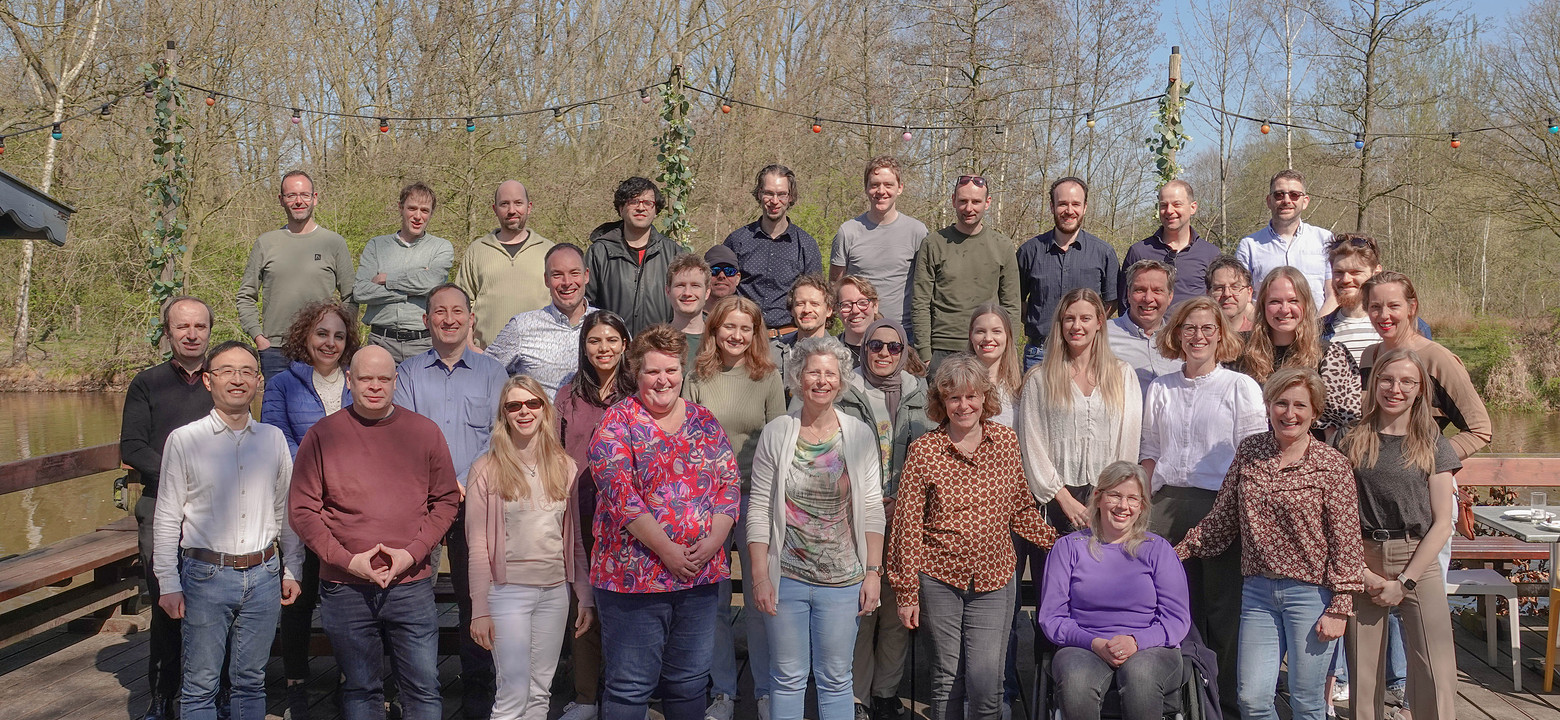

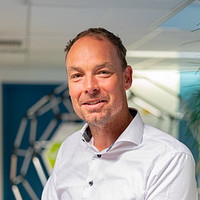

dr. ir. Aleksandar Andreski
Associate Lector Applied Nanotechnology
[email protected] Profile LinkedIn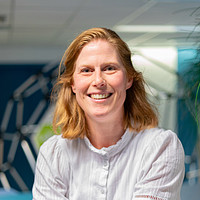
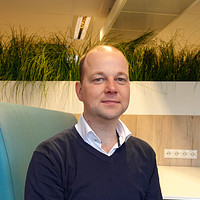
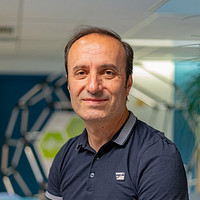


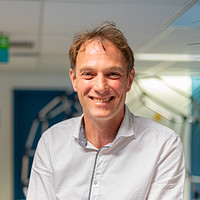
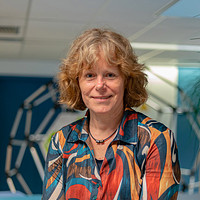
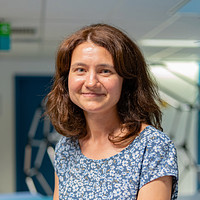
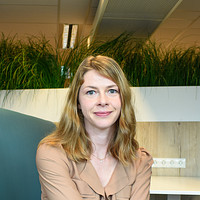
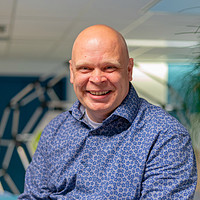
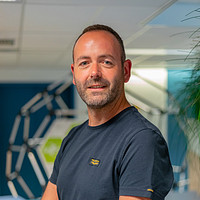
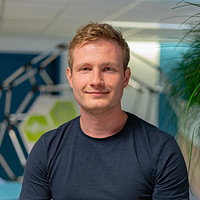
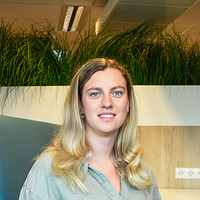
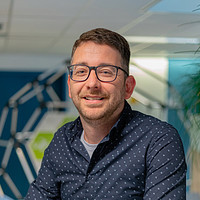
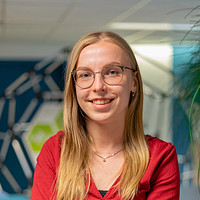
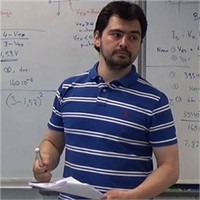
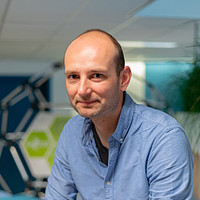
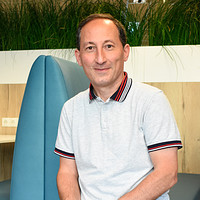
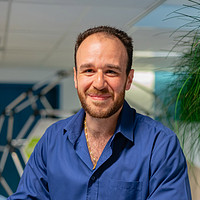
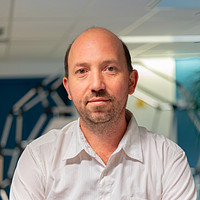
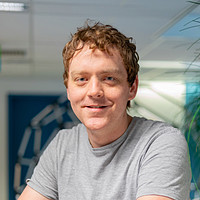
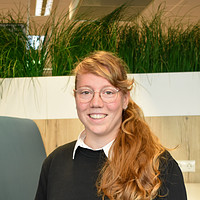
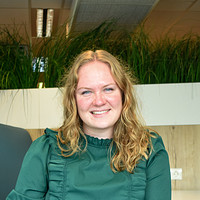
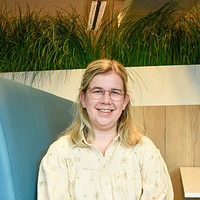
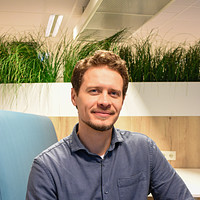
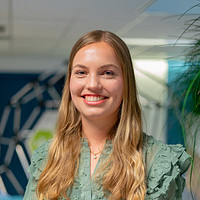

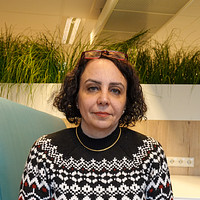

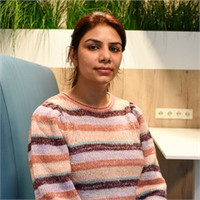
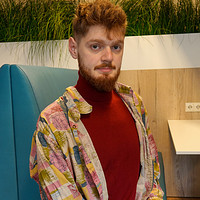
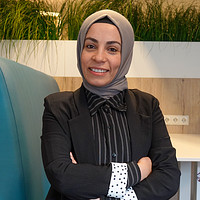

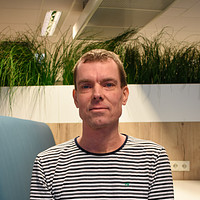
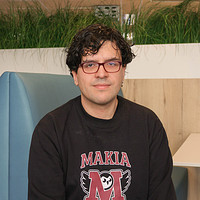
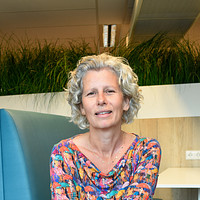
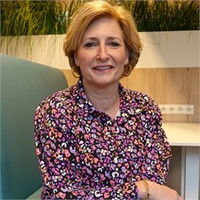
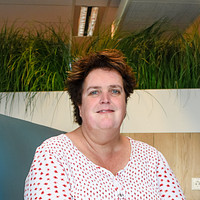
Relevante opleidingen
Het lectoraat is betrokken bij de volgende opleidingen:
Onze locaties
-
-
-
High Tech Factory - Universiteit Twente
Hallenweg 15
7522 NH Enschede